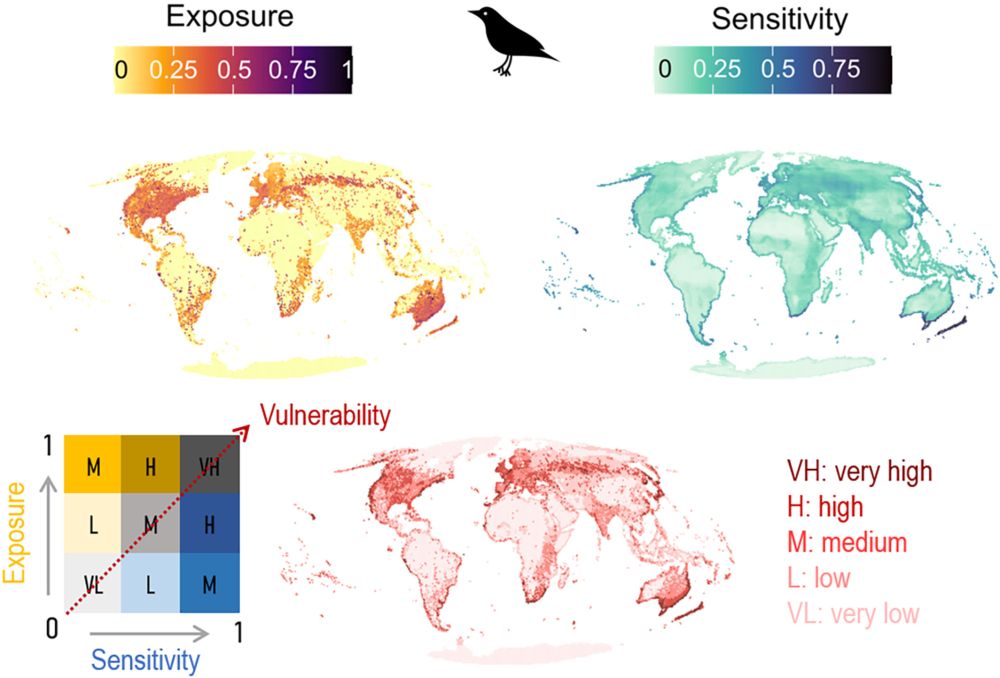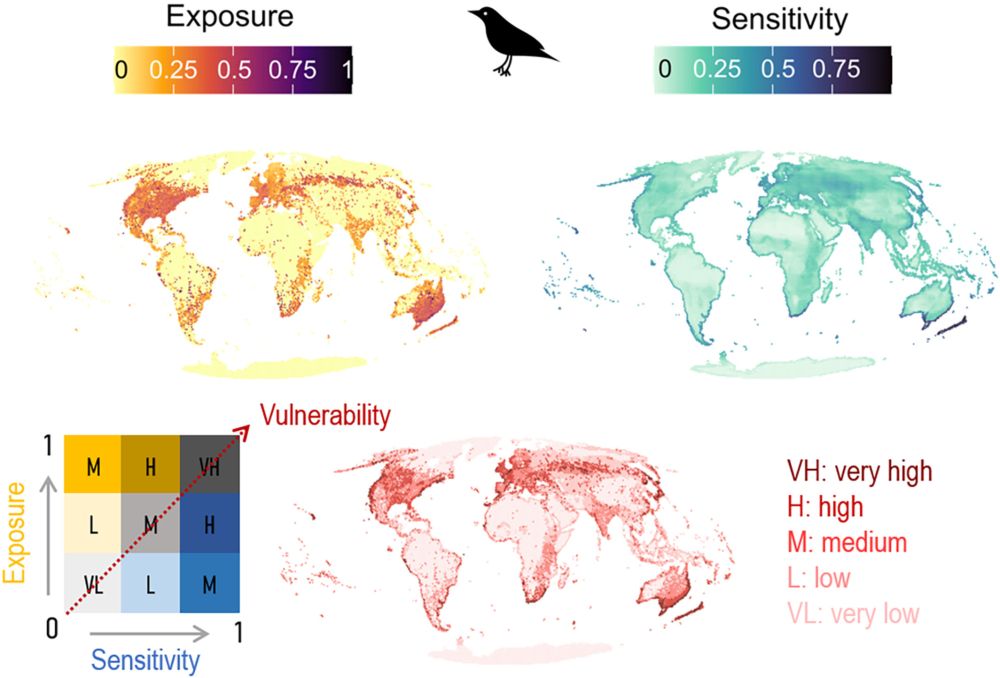Clara Marino
@claramarino.bsky.social
610 followers
160 following
9 posts
She/her | Macroecologist interested in biodiversity patterns and global threats on terrestrial biota
Post-doctoral researcher at #FRB-CESAB in Montpellier, working on island vulnerability to global change -- 🚲🏵️🏳️🌈
Posts
Media
Videos
Starter Packs
Reposted by Clara Marino
Reposted by Clara Marino
Clara Marino
@claramarino.bsky.social
· Jan 16
Reposted by Clara Marino
Nicolas Mouquet
@nmouquet.bsky.social
· Dec 12

Exposure and Sensitivity of Terrestrial Vertebrates to Biological Invasions Worldwide
To reach the COP 15 objective of diminishing the impacts of biological invasions on native biota, one needs to identify the most vulnerable areas to this threat for prioritizing conservation actions.....
onlinelibrary.wiley.com
Clara Marino
@claramarino.bsky.social
· Dec 5
Reposted by Clara Marino
Clara Marino
@claramarino.bsky.social
· Dec 4
Clara Marino
@claramarino.bsky.social
· Dec 4
Clara Marino
@claramarino.bsky.social
· Dec 4
Clara Marino
@claramarino.bsky.social
· Dec 4
Clara Marino
@claramarino.bsky.social
· Dec 4

Exposure and Sensitivity of Terrestrial Vertebrates to Biological Invasions Worldwide
To reach the COP 15 objective of diminishing the impacts of biological invasions on native biota, one needs to identify the most vulnerable areas to this threat for prioritizing conservation actions.....
onlinelibrary.wiley.com







